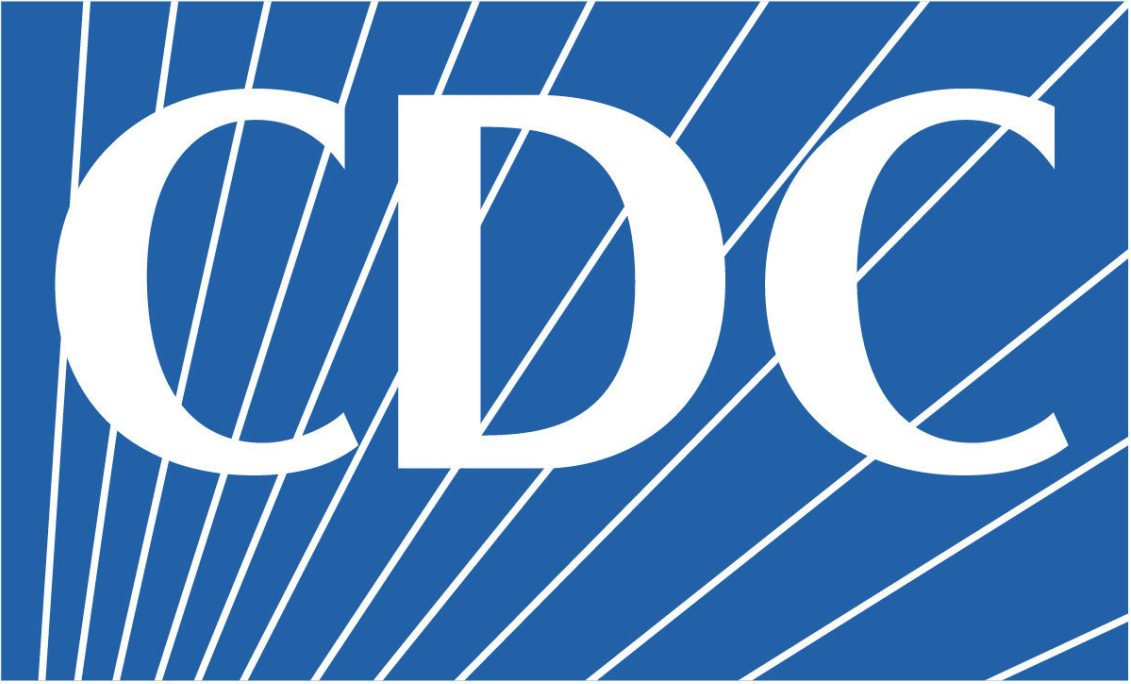WASHINGTON – Previous studies have shown that gay and lesbian teens experience substantially higher levels of violence, bullying and mental distress than most other high school students, but a Centers for Disease Control and Prevention study this week chronicled for the first time that it’s happening on a national level.
Based on the 2015 National Youth Risk Behavior Survey led by CDC, the report, released Thursday, provided first-time national data on U.S. lesbian, gay and bisexual high school students’ status for118 health-related behaviors.
Two questions, asking students to identify their sexual orientation and previous sexual contacts, were included in the CDC survey making analyses on gay, lesbian and bi students possible.
According to the findings, 18 percent LGB high school students reported that they’d been raped, compared with 5 percent for their heterosexual peers. Other incidents, including sexual dating violence and, being bullied at school, or online, show similar patterns.
“These tragic disparities call for accelerated action by public health and education agencies, communities, and families to protect the lives of lesbian, gay and bisexual youth,” said Jonathan Mermin, director of CDC’s National Center for HIV/AIDS, Viral Hepatitis, STD, and TB Prevention.
The national picture is considered representative of approximately 1.3 million LGB high school students across the country. The survey question did not give the option of transgender.
Mary Beth Maxwell, senior vice president at the Human Rights Campaign — a Washington-based LGBTQ advocacy group – said the findings were a “call to action.”
“Anti-LGBTQ bullying and harassment have serious and heartbreaking consequences for young people and these numbers make that more clear than ever,” said Maxwell in a news release. She said CDC’s effort to include sexual identity analyses will help people better understand the obstacles faced by LGBTQ teens and thus contribute to ending the stigma they face.
Physical violence and harassment are of course dangers for youth health, but they can also pose derivative mental health problems that could lead to more severe consequences.
The survey indicated that 40 percent of gay, lesbian and bisexual students have seriously considered suicide, and about 30 percent reported having made the attempt during the past 12 months. They are also five times more likely to report using illegal drugs.
As a resolution on sexual orientation diversity among kids adopted by the American Psychological Association shows, low numbers of school personnel step in to stop bullying against sexual minority students, and some may even participate in harassment.
“LGB students are more likely to become victims of verbal or physical violence at school when schools do not establish a culture that embraces differences,” said Johanna Eager, director of Human Rights Campaign’s Welcoming Schools program, which trains elementary educators.
When an anti-gay incident occurs at a school, educators may not know how to respond even when they are personally supportive of the students, Eager said. And they also may fear possible disapproval from the school principal, a family or members of a community, over their open support of LBGTQ students.
In the wake of the survey, CDC is calling for a comprehensive prevention effort to tackle the disparities between LGB youths and their heterosexual peers.
“Tragically, when young people face multiple types of violence or other adverse events in childhood, especially in the absence of support from family, peers, and communities, the consequences can be life-threatening,” said Debra Houry, director of CDC’s National Center for Injury Prevention and Control. “…It’s critical that we take action.”

